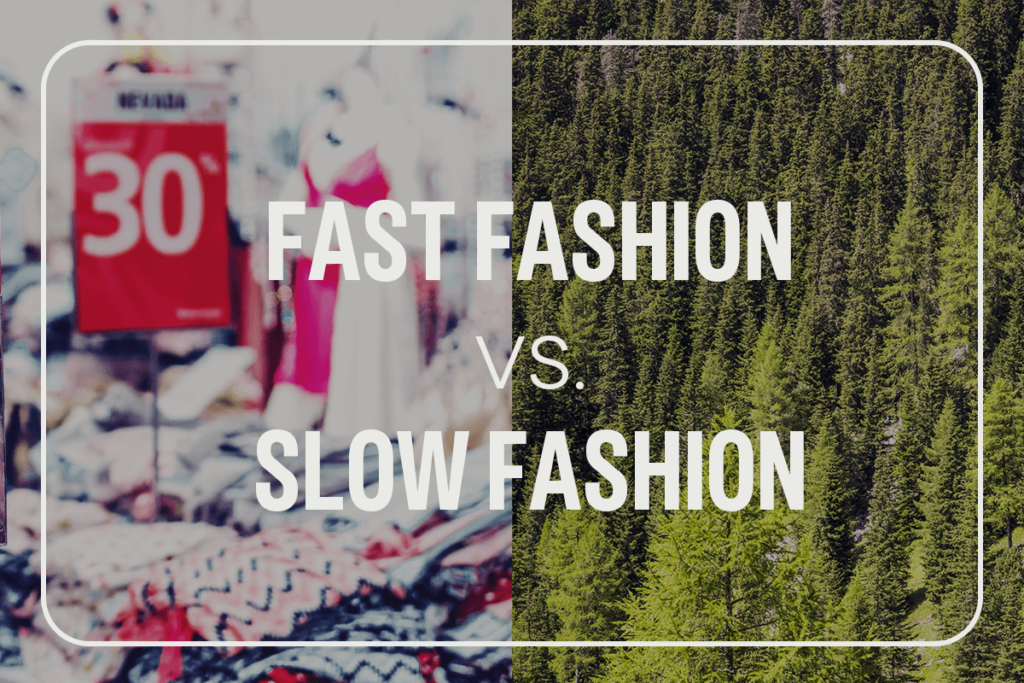Fast Fashion vs. Slow Fashion: The Sustainable Clothes Impact
The fashion industry is one of the largest contributors to environmental pollution, and as consumer awareness grows, so does the debate between fast fashion and slow fashion. Understanding the impact of both can help you make more conscious shopping decisions. Let’s explore the key differences and why sustainability in fashion truly matters.
What is Fast Fashion?
Fast fashion refers to the rapid production of inexpensive and sustainable clothing, inspired by the latest trends and designed for mass consumption. Brands like Zara, H&M, and Shein dominate this market, offering trendy pieces at low prices.
Characteristics of Fast Sustainable Clothes Fashion:
- Quick production cycles – New styles of sustainable clothes hit stores every few weeks.
- Low-cost materials – Often uses synthetic fabrics like polyester, which are harmful to the environment.
- Disposable mindset – Encourages overconsumption, leading to excessive textile waste.
- Ethical concerns – Many fast fashion brands rely on cheap labor, often under poor working conditions.
What is Slow Fashion?
Slow fashion is the opposite of fast fashion. It promotes sustainability, ethical labor practices, and high-quality, long-lasting clothing. Brands like Patagonia, Eileen Fisher, and People Tree lead the slow Fashion movement.
Characteristics of Slow Fashion:
- Sustainable materials – Uses organic cotton, linen, hemp, and recycled fabrics.
- Ethical production – Ensures fair wages and safe working conditions for workers.
- Timeless designs – Focuses on quality over quantity, encouraging investment in durable pieces.
- Environmentally friendly – Reduces waste, water usage, and carbon footprint.
Why Sustainability Matters in Fashion
The fashion industry is responsible for a significant amount of pollution and waste. Here’s why making sustainable choices is crucial:
Reducing Waste & Landfill Overflow
Fast fashion produces enormous amounts of textile waste. According to studies, millions of tons of clothing end up in landfills each year. Slow fashion encourages mindful consumption, reducing waste.
Lowering Carbon Footprint
Fast fashion relies heavily on synthetic fabrics, which require fossil fuels to produce. In contrast, slow fashion brands use eco-friendly fabrics that have a lower carbon footprint.
Conserving Water Resources
The production of cheap clothing consumes vast amounts of water. For example, it takes around 2,700 liters of water to produce a single cotton T-shirt. Sustainable fashion brands implement water-saving production methods.
Ethical Labor Practices
Many fast fashion companies outsource production to countries where workers are underpaid and work in unsafe conditions. Supporting ethical brands ensures fair wages and better working conditions for garment workers.

How to Transition from Fast Fashion to Slow Fashion
If you want to make more sustainable fashion choices, here are some simple steps:
- Invest in quality over quantity – Choose well-made pieces that last longer.
- Support ethical brands – Look for brands that prioritize sustainability and fair labor.
- Buy second-hand – Thrifting and vintage shopping help reduce waste.
- Take care of your clothes – Wash and store them properly to extend their lifespan.
- Upcycle & repurpose – Get creative and give old clothes a new life.
Final Thoughts
Fashion is more than just looking good—it’s about making choices that benefit people and the planet. While fast fashion may be tempting due to its affordability, its environmental and ethical costs are too high. By embracing slow fashion, we can move towards a more sustainable and responsible future.
Choose wisely, shop consciously, and make fashion a force for good! Stay connected with the ZAFF Trends for the latest updates!




